E-mail: zqdicheng@chinadicheng.com
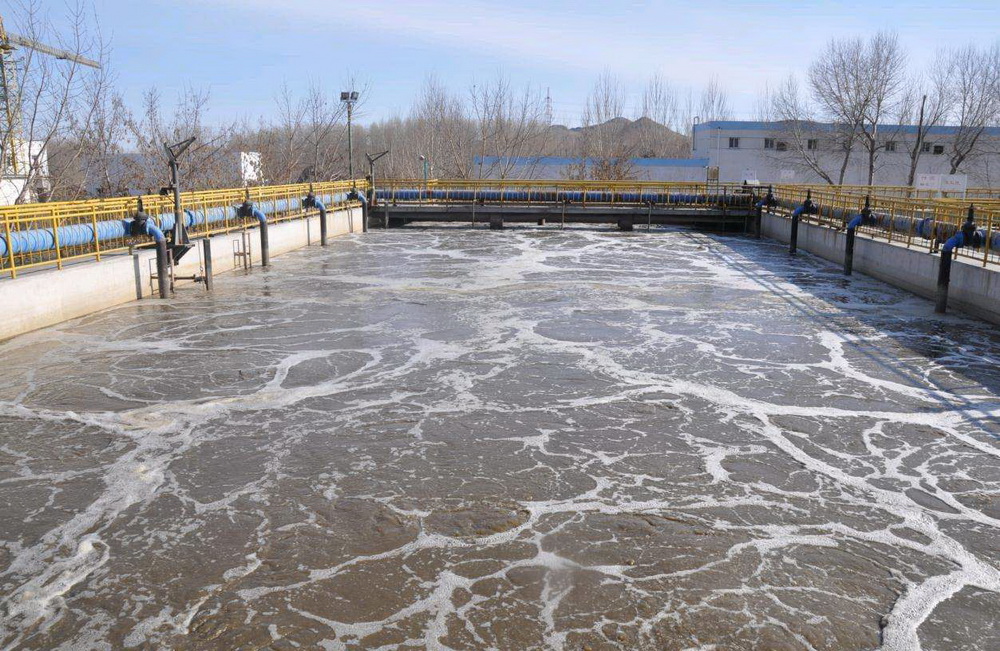
Fluctuations in the volume and quality of wastewater are not conducive to the normal performance of biological treatment equipment or biochemical system treatment functions. Therefore, a homogenization adjustment tank is generally set up in front of the sewage treatment system to balance the water quality and make up for losses. At present, there are 3 ways to homogenize water quality and quantity, namely, forced circulation stirring by pump, air stirring and mechanical stirring. However, due to some restrictions on water quality, water volume and actual tank structure, air agitation has gradually become a common and effective homogenization method in wastewater treatment projects.
Air stirring is generally to set a perforated pipe at the bottom of the pool, the perforated pipe is connected with the air pipeline of the Roots blower, and compressed air is used for aeration and stirring. Its main working principle is to use air to contact the water body in the pool, stir the water body to prevent the suspended solids in the water body from sinking, accelerate the transfer of oxygen in the air to the water body, and complete the purpose of oxygenation. In addition, the contact between organic matter, microorganisms and dissolved oxygen is also strengthened, and the organic matter in the sewage is oxidized and decomposed. Therefore, it is very important to investigate the homogenization effect and application conditions of air agitation in wastewater treatment projects.
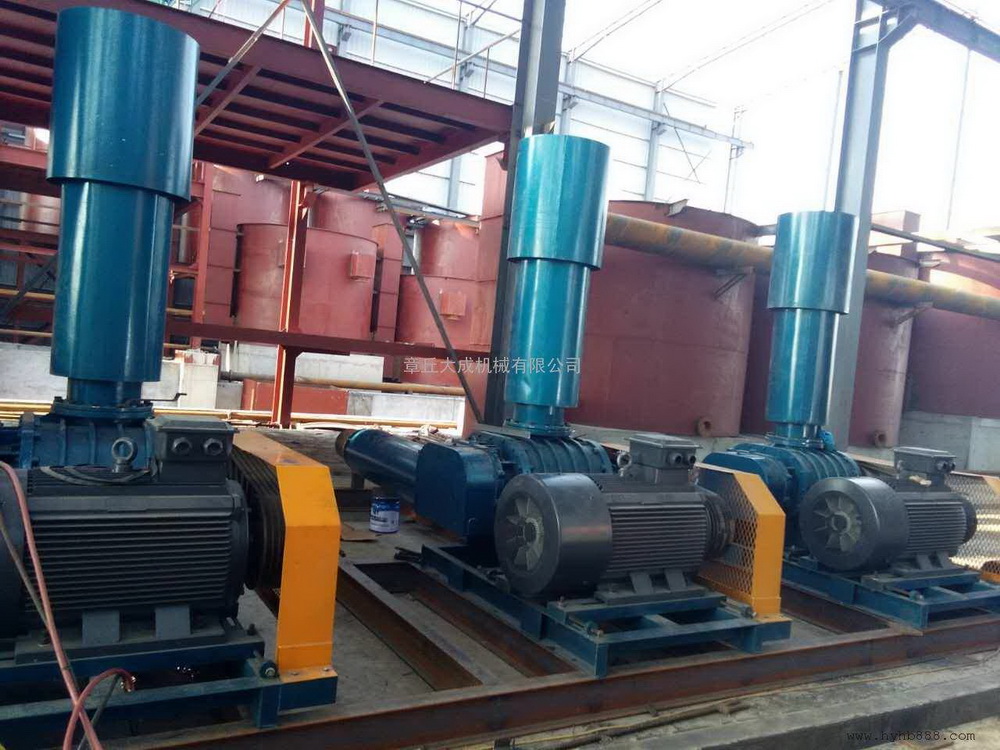
1 Application range of air stirring
The scope of application of air agitation in wastewater treatment projects depends on the wastewater quality, process requirements and the structural requirements of the wastewater treatment tank.
1.1 Corrosive wastewater
The structure and installation form of mechanical mixing determine that the mixing equipment needs to be immersed in liquid all the year round, which is susceptible to corrosion and high operating costs, which brings difficulties to subsequent maintenance. Therefore, for corrosive wastewater, air agitation is a better choice, anti-corrosion material pipelines are used, and the opening rate is determined according to the pool area and air volume.
1.2 Full underground structure pool body
In some wastewater treatment projects, due to land occupation requirements, the homogenization adjustment tank is designed as an underground structure. In this case, the homogenization of water quality and water volume can be air agitated, which can avoid installation and later maintenance caused by mechanical agitation. And other issues.
1.3 There is an air compressor station in the factory area
If an air compressor station is installed in the plant area, it is recommended to use air agitation, which can save the cost of equipping roots blowers and mechanical agitation devices, reduce energy consumption, and save project investment costs.
1.4 High-concentration wastewater with good biodegradability
For the treatment of wastewater with high concentration and certain biodegradability, air agitation can be used to adjust, which has the following advantages: (1) Air agitation can not only homogenize water quality and quantity, but also enhance the contact between organic matter and dissolved oxygen through oxygenation and aeration. , A certain amount of microbial flora is formed in the regulating tank, and the organic matter in the sewage is initially oxidized and decomposed to reduce the concentration of pollutants in the sewage. (2) Dissolved oxygen can be controlled, and it can also provide dissolved oxygen for returning organisms. (3) Pre-oxidize wastewater containing reducing substances to reduce the difficulty of wastewater treatment in subsequent treatment processes.
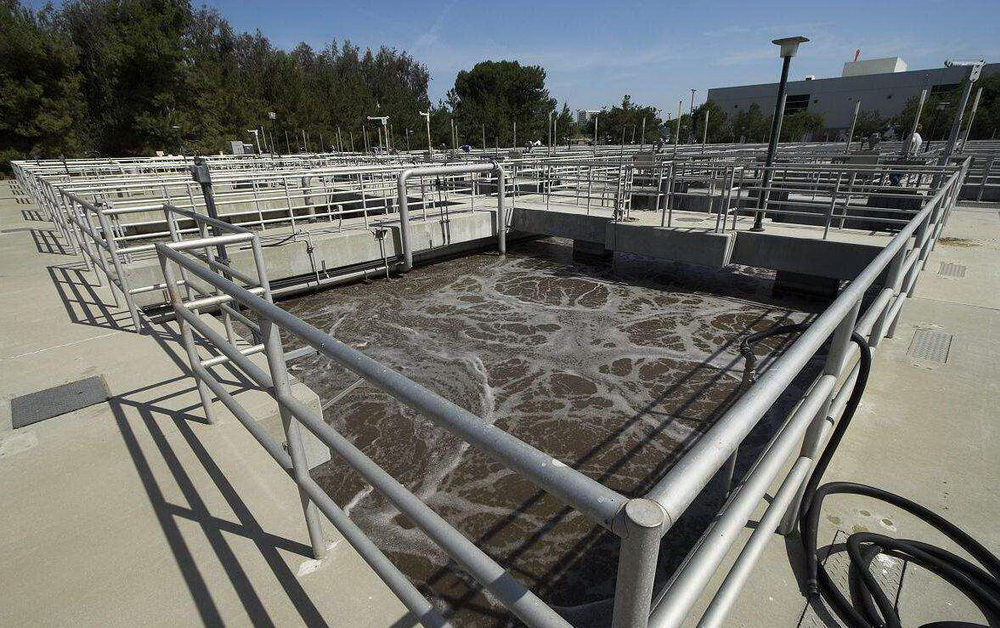
1.5 Wastewater treatment projects that are not suitable for air agitation
Although air agitation can be widely used in the conditioning tank of wastewater treatment projects, it is still necessary to avoid using air agitation as much as possible for some wastewater treatment projects:
(1) Wastewater containing fine inorganic suspended solids. For example, wastewater from traditional Chinese medicine, which contains fine fluffy suspended solids, long-term use of perforated pipe aeration and stirring can easily block the orifices and cause the mixing system to collapse.
(2) If phosphorus removal is considered in sewage treatment, air agitation should not be used before anaerobic. Dissolved oxygen will be brought in during air agitation. If dissolved oxygen is brought into the anaerobic tank, it will affect the anaerobic release of phosphorus, thereby affecting the effect of phosphorus removal.
(3) If the pH of the wastewater is low and acid mist may form, carefully consider whether to use air agitation.
(4) If the wastewater contains extremely volatile and toxic and harmful organics, carefully consider whether to use air agitation.
2 Design of air stirring
2.1 Air stirring device
Due to the low requirement for dissolved oxygen in stirring, perforated pipe aeration and stirring are mostly used in domestic projects. In order to ensure uniform air mixing, the perforated pipes are usually arranged in loops. The material of the aeration pipe can be selected according to the actual water quality. If conditions permit, use plastic pipes as much as possible, because the steel perforated pipe orifices are easy to oxidize and rust. The falling off of oxides and sedimentation in the pipeline can easily cause the orifice of the perforated pipe to be blocked. There is also a downward-bending annular perforated pipe developed by an environmental protection company on the market. The entire pipeline is made of ABS plastic pipe. The perforated pipes of different pipe diameters are connected with the main pipe by special pipe reducing connectors; the porous aeration developed in Japan The entire surface of the tube is distributed with tiny holes, which can uniformly generate bubbles with a diameter of only micrometers, so the oxygenation and stirring effects are excellent. In addition, aeration and aeration is also a new technology in air agitation.
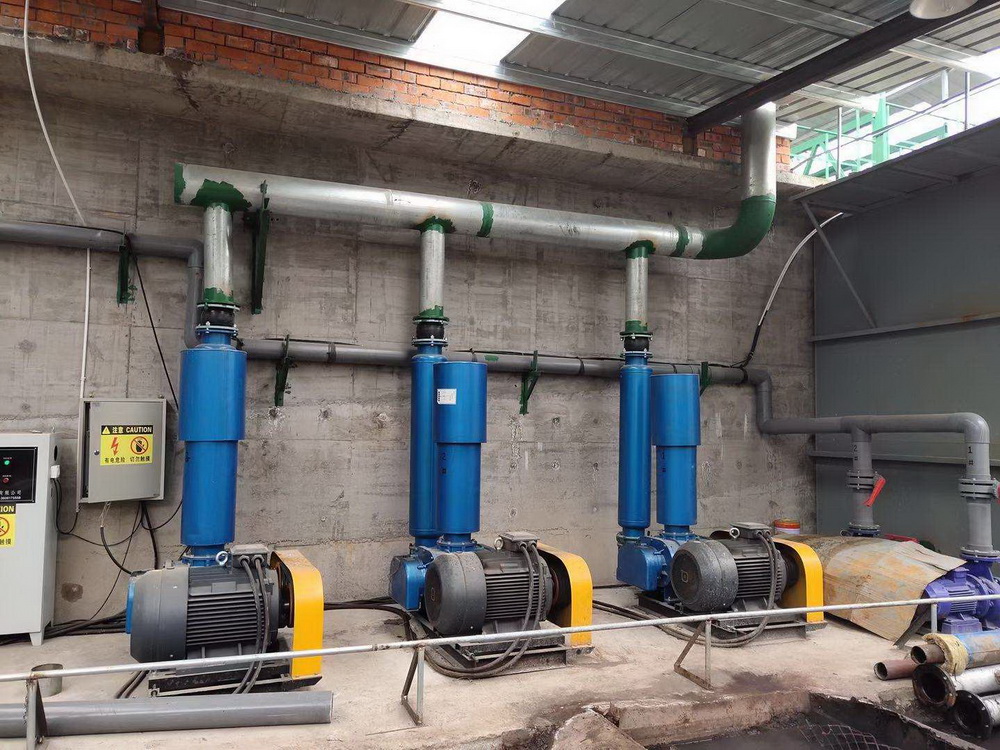
2.2 Design of air stirring
When compressed air is used for stirring, the main design theoretical data are: (1) Air supply intensity 2~3 m3/(h·m) (calculated by unit pipe length) or 5~6 m3/(h·m2) (unit Pool area meter); (2) The flow rate of the main air pipe is 10-15 m/s; (3) The hole velocity is 20-30 m/s; (4) The hole diameter is 3, 5, 10 mm; (5) According to the air volume Wind speed, the number of openings per meter is calculated by the cross-sectional area.
According to actual engineering application experience, generally when designing perforated pipe aeration and stirring, the required aeration amount is about 0.01~0.015 m3/(min·m2), and the aperture diameter is ≥5 mm. Because the aperture is too small, it is easy to block. The opening form generally uses 45° openings on both sides of the bottom. In the design and use, it can ensure that the orifice flow rate ≥ 15 m/s. In addition, the length of the perforated pipe should not exceed 10 m; in order to ensure the effect of aeration and stirring, the perforated pipe does not need to be uniformly arranged; the diameter of the perforated pipe should be as large as possible and the friction of the pipe wall should be as small as possible.
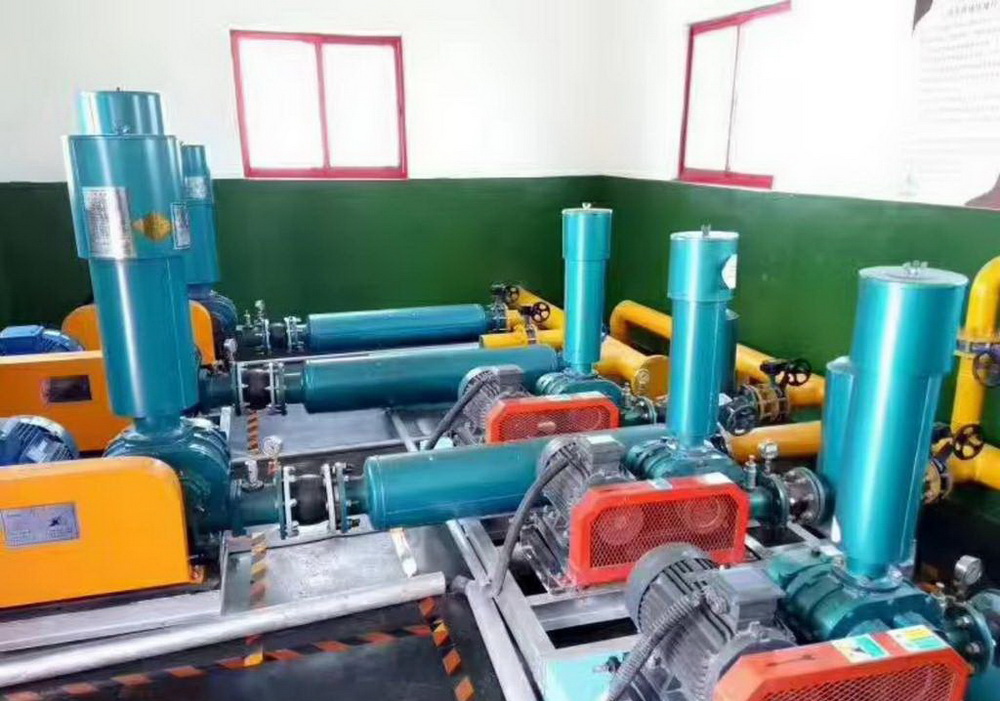
3 Conclusion
In actual engineering, the application and design of air agitation cannot be determined solely by certain aspects. It is necessary to comprehensively consider various influencing factors to ensure the uniform effect of air agitation, long service life and low energy consumption.
Copyright © Shandong Dacheng Machinery Technology Co., Ltd All Rights Reserved | Sitemap | Powered by 